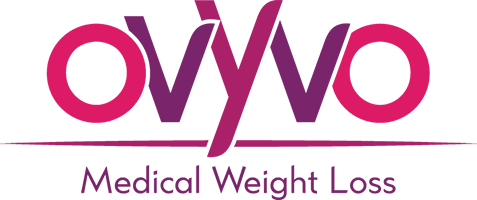Navigating a nutrition label can be challenging, especially when it comes to understanding and managing your sugar intake. In our modern American diet, sugar is everywhere. And it’s not just in the usual suspects like desserts or candy. Many processed foods use sugars in one form or another to make them more appealing to consumers. Today, we’ll demystify food labels so you can identify and reduce excess sugar in your diet.
The Importance of Cutting Excess Sugar from Your Diet
First, it’s important to understand the impact of sugar on the body. Excessive sugar consumption has been linked to a host of health issues, including obesity, type 2 diabetes, heart disease, and dental problems. High sugar intake can also lead to increased inflammation in the body, which can exacerbate a range of health issues. Cutting your sugar intake is not just beneficial for weight management; it’s crucial for overall health.
How To Read Food Labels to Understand Sugar Content
Understanding the Nutrition Facts Panel
Serving Size: Begin by looking at the serving size, as all the nutritional values are based on this amount.
Total Sugars: This line shows the total amount of sugars in one serving, including both added and natural sugars.
Added Sugars: Look for a specific listing of ‘Added Sugars’ to understand how much sugar has been added during processing.
Identifying Sugar on Ingredient Lists
Order of Ingredients: Ingredients are listed by quantity, from highest to lowest. High sugar content is indicated if sugar is listed among the first few ingredients.
Different Names for Sugar: Be aware that sugar can appear under various names such as sucrose, fructose, glucose, maltose, dextrose, syrups, and more.
Sugar Alcohols: While sugar alcohols like xylitol and sorbitol have a lower impact on blood sugar, they are still worth noting.
Tips for Reducing Sugar Intake
Compare Products: Use labels to compare the sugar content of similar products and choose the one with lower sugar.
‘Fat-Free’ Claims: Be cautious as ‘fat-free’ products often have added sugars to compensate for flavor.
Multiple Sugar Sources: Watch out for products that list multiple sources of sugar separately.
Go Slow & Start Small: Getting into the habit of checking food labels can take some time. If it’s new to you, it can also be time-consuming at first. Instead of taking an all-or-nothing approach, start by examining the items you buy most frequently.
Final Thoughts
Knowing how to read and understand nutrition labels is an essential aspect of managing your diet and your health. It’s a vital skill for making more informed decisions about the foods you eat and controlling your sugar intake. And when you consider that one gram of sugar contains about 4 calories, cutting even a few grams here and there from your daily intake can have a considerable impact over time.
